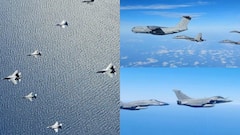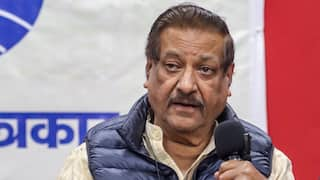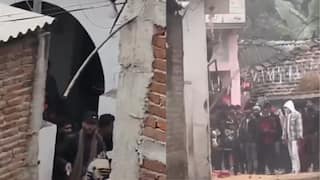Neighbourhood Watch: What Now For Sri Lanka With Wickremasinghe At Helm Amid Unprecedented Crisis
2019 Easter Sunday bombings to Covid pandemic to fertiliser ban — Sri Lanka’s economic downturn was not sudden. It was slow and steady, and the signs were clear.

The signs of an impending crisis had started to gather on the Colombo skyline since early March this year as food inflation sky-rocketed in the island nation. Staple items like sugar and rice were selling at almost double the price of what people were shelling out a year ago.
However, the enormity of the situation hit the people for the first time in the first week of April when the government announced a surprise weekend curfew in the face of serpentine queues that had started to form at fuel stations in the national capital. As a mark of protest, the very next day, people were seen defying prohibitory orders to drive in to the gas stations.
By the next couple of days, a small group of protestors had pitched in their tents at the Galle Seafront, right opposite the Presidential Palace where they felt the buck for the current mess should stop at.
It was increasingly becoming clear that the near total control of the Rajapakse clan over the people was slipping away. In government and in opposition, the family or the dynasty has been at the helm of affairs in Sri Lanka since 2005.
After a five-year hiatus, the Rajapakses won a resounding mandate in the 2019 general elections catapulting party patriarch Mahinda Rajapakse as the Prime Minister and brother Gotabaya as the President. Several other top political executive positions were distributed among family members.
It is important to pause a bit and try to understand how one of the most powerful and well entrenched political dynasties in the Indian sub-continent and South Asia, which ruled with an iron fist, lost the plot in just a few months. After all, it was the Rajapakses who were largely credited with annihilating the Liberation Tigers of Tamil Eelam, or the LTTE.
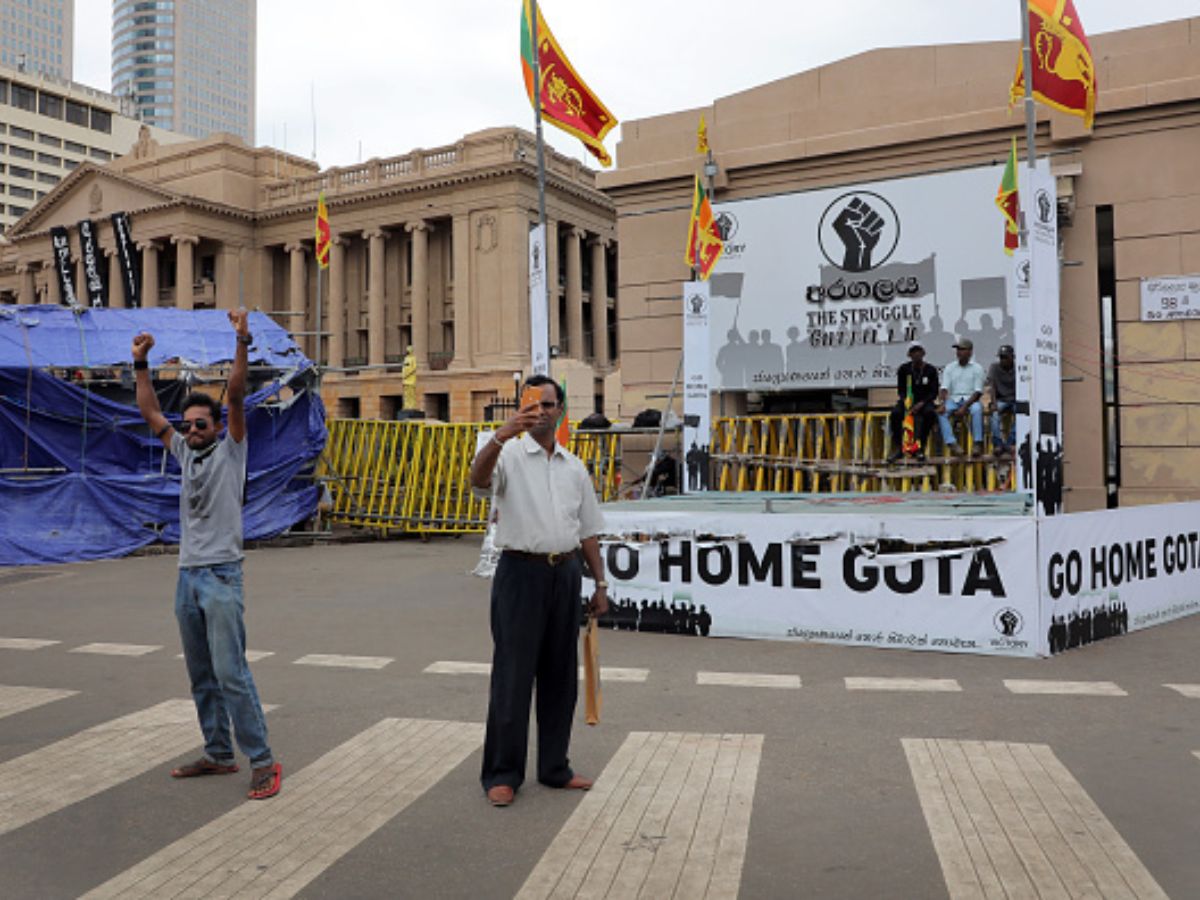
Sri Lanka Economic Crisis: Full Coverage
Sri Lanka's Unprecedented Economic Downturn: How It All Started
The inflection point in the popularity chart of the dynasty coincided with downturn in the Sri Lankan economy triggered by the 2019 Easter Sunday bombings in a Colombo hotel. The terror attack killed and maimed hundreds, severely denting Sri Lanka’s tourism economy — one of the key contributors of the foreign exchange reserves.
The Covid-19 pandemic only exacerbated the situation as foreign remittance — another key dollar-driver — plunged amid job losses among Sri Lankan expats.
The last nail in the coffin was hammered in by the Rajapakses themselves when the government banned all chemical and fertiliser imports in what was being touted as the precocious step to create a brand space for ‘organic’ food produce for export purposes.
The policy boomeranged in six months. The grain output shrunk by almost 43% and tea — the other major foreign earner commodity — by 15%. The policy was rescinded in haste. But the damage was already done.
The triple whammy of tourism downturn, Covid-19 shocks and fertiliser policy left Sri Lanka poorer in foreign exchange reserves. A country that imports everything from fuel to staple food items like rice had little money to pay for its imports.
Sri Lanka’s per-capita GDP, which stood well above India just a few years back, was seeing a steady and a precipitous fall.
The island nation was up against the worst economic crisis in four decades. Fuel and food shortage was evident. Hospitals in Colombo were being forced to postpone major surgeries in the wake of long power cuts.
The people blamed the Rajapakses squarely for their plight. The motley protests in Colombo soon swelled into a full-fledged rebellion. Prime Minister Mahinda Rajapakse resigned to quell the anger, but to no avail.
Things went out of control as mobs resorted to hitting and even lynching ruling party lawmakers. They set the presidential palace on fire. Gotabya Rajapakse had to beat a hasty retreat, as he left the country in a naval ship handing over reins to his once arch-rival Ranil Wickremasinghe.
But people were far from satisfied as they accused the ruling clique of having cut deals and worked out a compromise to enact a charade while retaining control over the reins of power. Which is precisely why Wickremasinghe’s residence was also not spared by the protestors, though he is seen to be largely anti-Rajapakses in his politics.
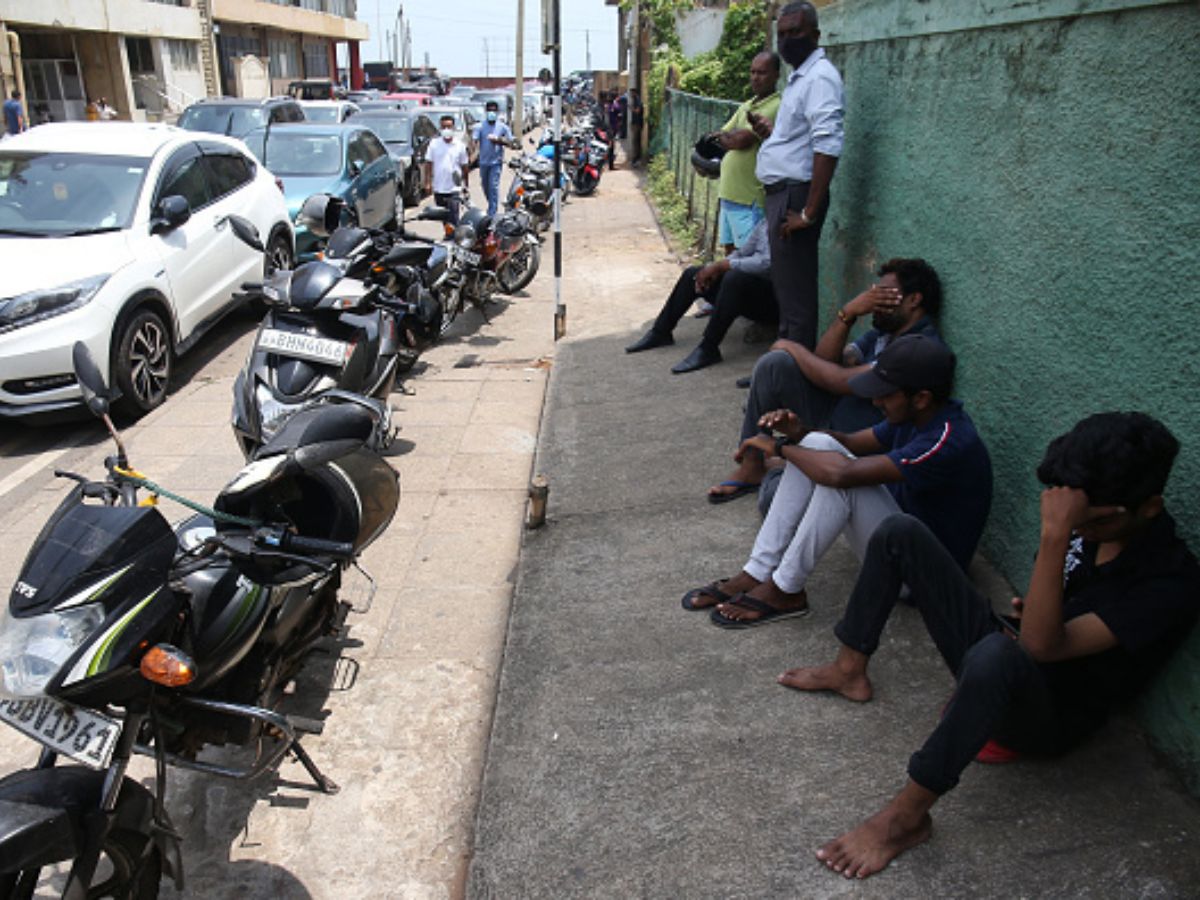
ALSO READ: How India Is Poised To Play A Key Role In The New World Order
Rajapkses Gone, New President At Helm. What Now?
It is ironic, though, that Wickremasinghe, a long standing politician and former PM has finally realised his long cherished dream — of becoming the President — amid this adversity. This has happened when he was relegated to the margins. The lone MP from his party in Parliament was first nominated as the PM by his bete noire. And now, with Gotabya gone, he has been elected as the President by the Parliament stuffed with Rajapakse loyalists.
Such is politics.
The task for him as the new president is cut out. The country has already defaulted on its foreign debts — the first nation in Asia-Pacific to do so in two decades.
Efforts to secure a 3-billion-dollar bailout package from the International Monetary Funds have been delayed by a month. The succour may be reaching the Sri Lankan shore latest by September. Rationing of fuel and its allocation has been announced till the time balance of payment crisis is brought under control.
Wickremasinghe in the meantime will have to manage both the economy and people’s anger and frustration with the ruling class. Which is why he seems to have given clear-cut instructions to the armed forces to maintain law and order.
As to how long Wickremasinghe lasts in office would depend on how fast and how much succour he is able to bring in for the Sri Lankan people, especially with regard to staples and necessary commodities. The current political crisis in the island nation was triggered by food and utility shortages, as was the Arab Spring in West Asia a decade ago.
The new president has, however, dropped enough hints that he is not just a caretaker president. He has said in no uncertain terms that the situation is not conducive for his predecessor to return home anytime soon.
Ranil Wikramasinghe, it seems, is in no hurry as he prepares for a long haul.
The author is an independent journalist who writes on politics and policy.
[Disclaimer: The opinions, beliefs, and views expressed by the various authors and forum participants on this website are personal.]
Related Video
India@2047 Summit: Modi Calls for Innovation, Reforms, and National Resolve



















